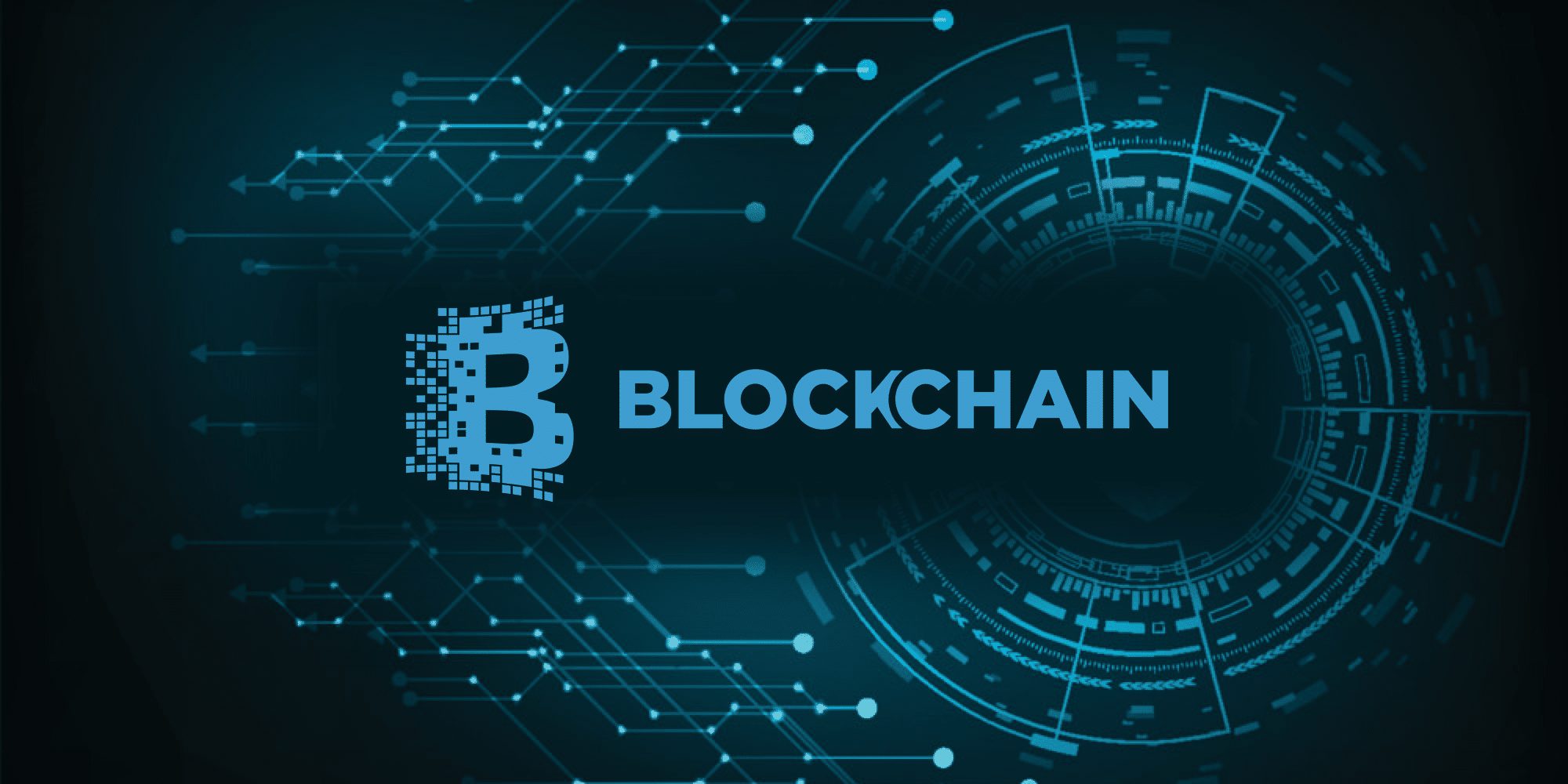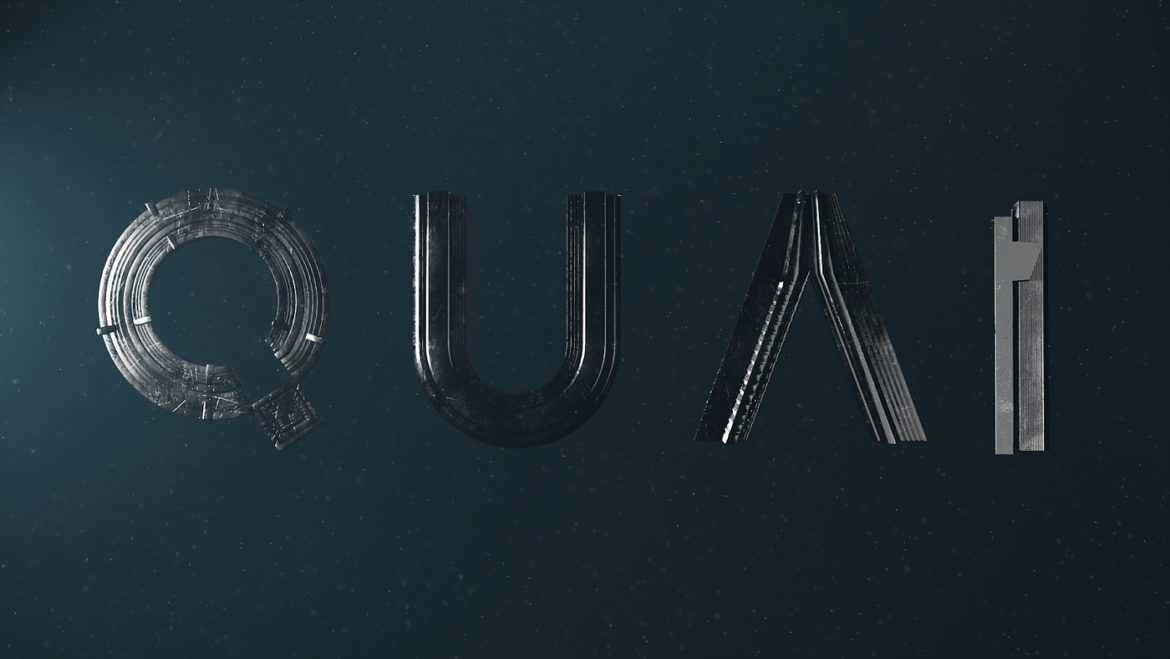Officially announcing its long-awaited mainnet launch, set for January 29, 2025, Quai Network is a new Blockchain Technolog meant to reach scalability without compromising decentralization or security. This important event signals a turning point in the development of scalable blockchain infrastructure and might change Layer 1 solution perception among developers, businesses, and crypto aficionados.
A Layer of Change Blockchain Protocol for Games
By adding a distinctive multi-threaded execution environment, Quai Network distinguishes itself among a crowded field of Layer 1 blockchains in processing thousands of transactions per second (TPS) independent of Layer 2 solutions or centralized compromises. The project has been gathering steam in the blockchain world because of its audacious architectural innovation in trying to balance scalability, decentralization, and security—the long-standing blockchain trilemma.
Designed by Dominion, a blockchain research and engineering company, Quai Network makes use of a hierarchical blockchain architecture sometimes referred to as the “Blockclife Architecture.” Unlike conventional sharding, Quai uses many linked chains running in parallel (shards) to provide synchronous interchain communication, hence removing the latency problems sometimes linked with cross-chain transactions.

January 2025: A Defining Event for Web3 Scalability
The news of Quai Network’s mainnet date has generated a lot of enthusiasm all throughout the crypto scene. The Quai Foundation is expressing its belief in the network’s preparedness and resilience by choosing the launch date for January 29, 2025. Quai’s most recent testnet, named Iron Age Testnet, has shown great success leading up the launch, proving the network’s capacity to keep high throughput while protecting node accessible. Crucially for proving the real-world readiness of the protocol, the testnet included mining over several chains, on-chain governance trials, and dynamic difficulty changes.
What Differentiates Quai Network?
By means of its Proof-of- Entropy-Minima (PoEM) consensus mechanism—a fresh combination between Proof-of- Work and Byzantine Fault Tolerance models—Quai Network sets itself apart. Moreover, by adding more blockchains (threads) in the network Quai achieves linear scaling of throughput. The network’s capacity rises with the user base, enabling it to handle more transactions without sacrificing decentralization or user experience.
Quai is a perfect basis for high-demand Web3 apps including distributed finance (DeFi), gaming, NFTs, and real-time data marketplaces because of this performance edge. Quai provides a quick and reasonably priced alternative for Ethereum, Solana, and Avalanche who frequently experience congestion or high fees during peak times.
Community Involvement and Ecosystem Development
The grassroots community of Quai Network is among its strongest suit. Through hackathons, developer grants, educational webinars, and group research projects, the initiative has built a very committed developer and supporter base. The Quai Foundation is aggressively pushing builders to apply early ideas on the platform and explore its scalable multi-chain environment as the mainnet launch approaches.
Apart from the core team and foundation, several independent developer groups and startups have started developing infrastructure on Quai including wallets, block explorers, distributed exchanges (DEXs), and NFT platforms. Supported by venture capital and strategic investors, the Quai Ecosystem Fund is expected to commit funds into exciting initiatives following launch, so hastening the expansion of ecosystems.
Strategic Positioning within the Blockchain Environment
There is not more strategic timing for the Quai mainnet. Aptos, Aptos, and Sui try to solve scalability with varied success as Ethereum moves deeper into its Layer 2-centric scaling roadmap and other Layer 1s like Near Protocol. Quai is positioning itself as a ready-to-deploy alternative that doesn’s rely on fragmented execution levels.
This fits a growing industry story that favors monolithic chains able to support sophisticated applications natively without off-chain reliance. The argument between monolithic and modular blockchain architecture is getting more intense; if Quai lives up to expectations, it could affect general adoption patterns.
Security, Interoperability, and Decentralization
For Quai, security stays first. The interwoven security model of the protocol guarantees that no one shard can be taken over by a hostile actor. Validators must engage across chains to produce a “braid” of security strong against Sybil exploits and targeted attacks.
Furthermore, Quai has committed to being totally open-source, ensuring openness and community auditability. With interoperability in mind, the development team is creating bridges to Ethereum and Bitcoin to ease asset transfers and cross-chain communication, making Quai a vital hub in the future interchain economy.
Regulatory Readiness and Institutional Appeal
With global authorities increasingly monitoring blockchain networks, Quai has aggressively engaged with compliance specialists to guarantee that its network stays accessible to institutional participants. The protocol is designed to accept permissioned environments, making it suited for organizations exploring blockchain integration for supply chain, identity management, or tokenized assets.
This forward-looking approach could draw partnerships with financial institutions, especially when authorities like the SEC and MiCA framework in the EU begin distinguishing between compliant and non-compliant platforms. Quai’s transparent governance style and focus on scalability make it an intriguing contender for regulated use cases.
Conclusion
Early users could expect a staggered implementation of features meant to guarantee stability and best performance once the Quai Network mainnet launches in January 2025. The launch will first center on basic features such smart contract deployment, peer-to–peer transactions, and support of multi-chain distributed apps (dApps). Consequently, from day one developers will be able to start constructing on a strong and scalable architecture.
The network will progressively add increasingly sophisticated features over time: on-chain governance systems, interoperability bridges, and cross-chain atomic swaps. This stepwise method so lets the Quai team actively solve possible problems and closely monitor the performance of the network.
Moreover, as more developers join the ecosystem, Quai most certainly will see a fast increase in distributed application development. These fresh dApps are supposed to be specifically customized to take use of Quai’s multi-threaded architecture, hence allowing scalable performance. Consequently, proving the actual value of the network will be mostly dependent on the development community.



